If your garden is beautiful and full of delicious food because of Miracle Gro, it will be a bit of a shock when you can’t grow a healthy garden after a crisis hits.
Many people that grow beautiful gardens year after year do not know how to take care of the soil let alone make fertilizers that will be of use. No matter whether you intend to keep small vegetable gardens, use vertical container gardening, or live on a survival farm, you need to know how to make natural fertilizer without aid from commercial resources.
Basic Plant Nutrient Requirements
In order to produce abundant growth and then fruits or vegetables, plants need seven basic nutrients from the soil:
- Nitrogen
- Phosphorus
- Potassium
- Magnesium
- Calcium
- Sulfur
- Iron
Nitrogen, phosphorus, and potassium are critical to all plants, while the other elements are more important to some plants than others.
The acidity or alkaline nature of the soil is also very important when it comes to DIY fertilizers and their impact on plant health.
Nutritious Food vs. Plant Growth
As you may be aware, plants absorb vitamins, minerals, and even toxins that may not be required for their own health and long term survival needs. Many of the vitamins and minerals that plants absorb from the soil are required for good health of humans and animals. If the soil does not contain these nutrients, you may not realize it because the plants are doing fine, yet you still experience malnourishment.
Interestingly enough, the vast majority of produce on the market these days has far less nutritional value than it did just a few decades ago. For example, you need to eat twice as many modern apples to get the same nutritional value from ones harvested in the 1960‘s and a whopping six times as many apples from those harvested in 1914.
From that perspective, it is very important to choose fertilizer recipes that are rich in the nutrients you are looking for, as well as understand which plants are most likely to absorb the largest quantity of nutrients.
Compost Based Fertilizer
Contrary to the beliefs of many gardeners, you do not need a complicated setup to make compost. Any spot in your yard can be used to pile up the compost and then let it decay for a period of two months. As long as you mix the compost up every week and keep the pile moist, microbes and worms will do the rest.
You can also use a large bin for composting or any other container that suits your needs.
Making compost requires three key elements:
- Green matter (which is high in nitrogen). You can get green matter from plant based kitchen scraps, coffee grounds, egg shells, yard clippings, and manure (well aged).
- Brown matter (high in carbon). You can use paper (as long as it is free of dyes and ink), sawdust, pine needles, peanut shells, straw, peat moss, corn stalks, and cardboard.
- Water. Use only enough water to keep the compost pile moist, not soaking wet.
If you are planning to use meat scraps or bone, burn them first and then add the ashes to the compost pile a little at a time, or add directly to the garden throughout the growing season.
Aquaponics
Aquaponics represents one of the best ways to get a healthy mix of nutrients in a DIY fertilizer. Aside from being nitrogen rich, the composted manure from the fish will contain all kinds of vitamins that are excreted during normal life processes.
Aquaponics fertilization systems also require less soil, and can be managed indoors all year round.
Simple Methods and Recipes
Increase Alkalinity
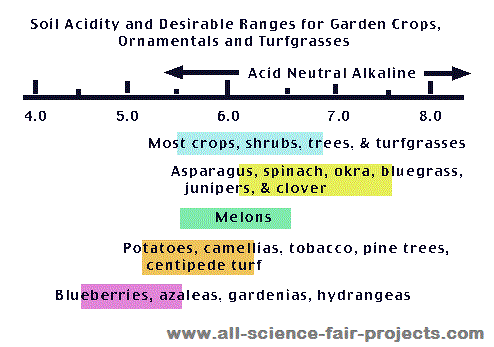
- Adding wood ash directly to the soil in the fall or spring. It can also be layered on top of the soil during the growing season. Just be sure to keep the wood ash away from acid loving plants such as tomatoes.
- Ground up egg shells can also raise soil pH, and also add much needed calcium. You can also start seedlings in eggshells, and then plant them in the ground. As the egg shell breaks apart, it will help raise the PH of the soil around the roots of the plant.
Increase Acidity
Tomatoes and other acid loving plants will get discolored leaves and fail to thrive if the soil pH is too high. You can add pine needles and oak leaves directly to the soil to lower pH. Some other natural additives include:
- Sphagnum peat moss (use this, compost, and oak leaves only if the soil is loose and perks well).
- Use small amounts of coal ash to break up clay soil. It will not lower pH for at least one year. Coal ash can also be used to increase iron in the soil.
- Vinegar can be used to reduce pH quickly, however it should be used sparingly since it can do more harm than good.
- Mulch coffee and tea grounds into the soil around plant roots. You can also add coffee grounds and tea bags to compost heaps.
Nitrogen and Liquid Fertilizers
No matter how much compost and other DIY fertilizer you use, there will never be enough nitrogen in the soil. Interestingly enough, many plants actually remove nitrogen from the air. Therefore, it will be to your advantage to make liquid based fertilizers that can be applied to plant leaves. Here are some you may not have considered:
- Rain water usually carries high levels of nitrogen and carbon dioxide, which are both needed by plants to thrive. Simply collect rain water in a barrel and apply directly to the leaves between rain storms.
- Add one cup of coffee or tea grounds to a gallon of water for boosting nitrogen and lowering soil pH
- Use soil from an earthworm farm, or add earthworms to your compost pile.
All Purpose Brew
Mix the following with 3-4 gallons of water, and then let sit for 2-3 days. You can apply this mix to the roots of the plants, or dilute to 1/4 strength for leaf feeding. Results will vary based on the water pH and soil features. Experiment with one or two plants before applying to the entire garden.
You will also need to monitor pH and other parameters during the growing season and adjust as needed.
- 1 ground up banana peel
- 1 cup of coffee or tea grounds
- 1/2 cup ground egg shells
- 1 cup to 1 gallon of dried and ground seaweed (that has been sitting in the water for at least 2 weeks)
- 4 tablespoons of molasses
- 1/2 cup of corn meal
- 1 cup liquid grass (make this by soaking grass clippings in water for 2 -3 days and then draw off the liquid)
Most organic gardeners can tell you that DIY fertilizers are easy to make and inexpensive.
As an added bonus, they are also the perfect solution to survival situations where you will not have access to commercial fertilizers.
Using these natural fertilizers will make it easier to grow healthy gardens now as well as in the future.
This article has been written by Carmela Tyrell for Survivopedia.
Sources:


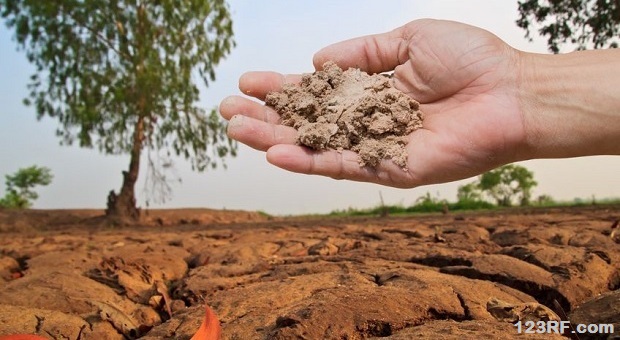
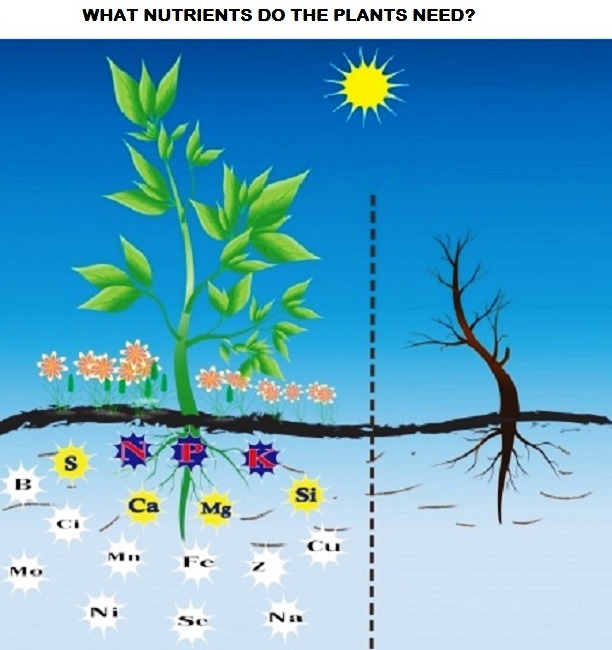

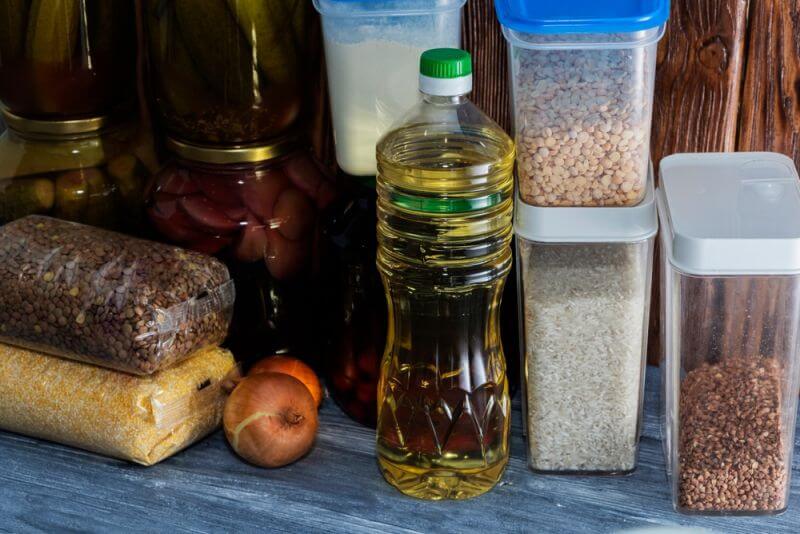
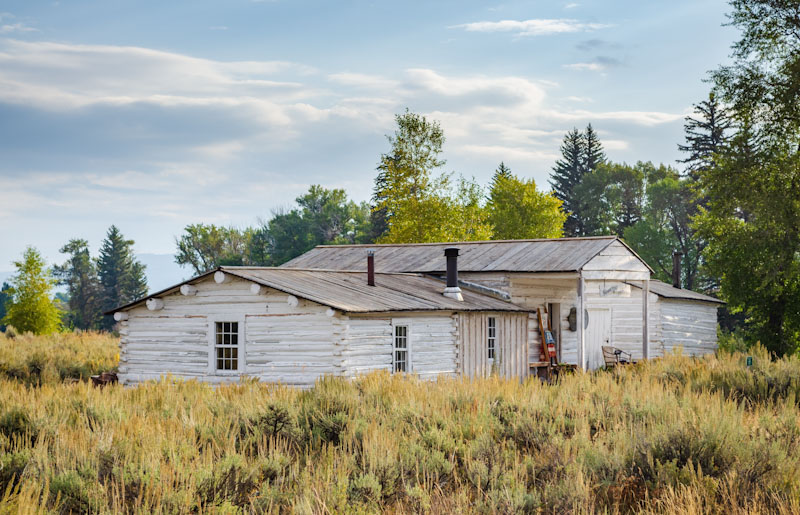

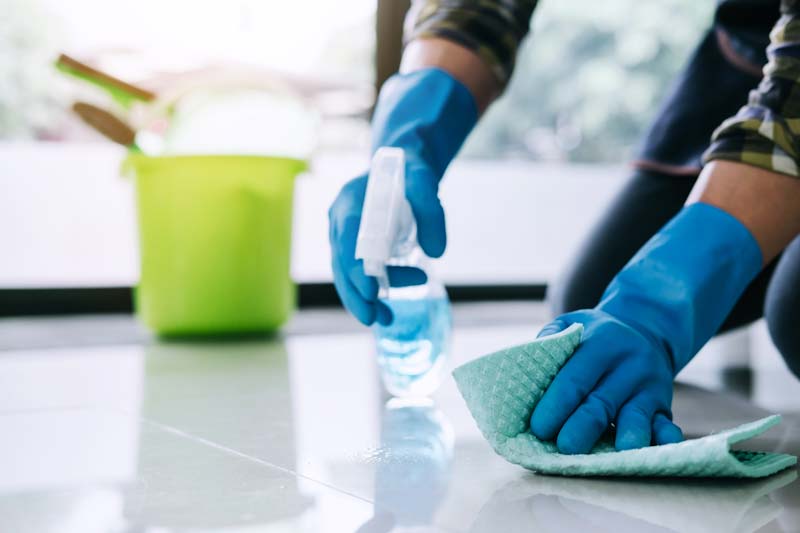

NoPDF-Link | August 14, 2014
|
There is no link to download this as a PDF, which would be really nice.
Regina | August 14, 2014
|
I compost directly into the garden by adding scraps to the growing areas and mulching with straw. The earthworms are incredibly big, and the plants were spectacular. Next year, I am going to add worm towers to my beds, so that I can put scraps in central locations, and let the earthworms do the rest of the work.
Ellen | August 14, 2014
|
Here is a video showing a very easy, low-maintenance and successful method of gardening using arborists’ wood chips for mulch, which you can get for free, and compost produced from yard waste by the chickens. I have visited this man’s place several times and his garden is fabulous.
Charle Winfield | August 14, 2014
|
Valuable information. I pour grass clippings into my chicken lot. I then transfer the resulting compost to my garden as needed.
Jim | August 14, 2014
|
Your PDF link is not working for this particular article on making fertilizer in a survival situation. Excellent article by the way very useful information Thanks
Rick | August 14, 2014
|
Your pdf download links are not working and haven’t been for the last few items you’ve sent out.
George | August 15, 2014
|
Nice post. How come the link to download the pdf hasn’t worked for the last week?
admin | August 16, 2014
|
We are working on our website, and some of the features are going through changes. Thank you for noticing, and we hope the problem will be solved very soon. God bless and stay safe!
pops | August 15, 2014
|
way too complicated, for MAX nitrogen for YOUR SOILS NATURALLY, PLANT COVER CROPS that put nitrogen IN TO THE SOIL AS THEY GROW, peas, beans, etc., ANY LEGUME PUTS / FIXES nitrogen into the soil. That’s why the old-timers planted sweet-peas and other vining legumes[beans,etc.,] at the bases of their corn-hills,the vines/plants climb the cornstalks, all-the-while pumping nitrogen into the soil near the corn roots, and corn is one of nature’s biggest HOGS when it comes to nitrogen. Take note,in a survival situation you can plant in an area that has legume-type grasses /plants already growing wild, with the expectation of a decent crop of what ever nitrogen-dependent veg/fruit you grow, just be sure to rotate that crop to another area for the next crop, so you can plant legumes there[again, beans, peas,etc.,] to bring back the nitrogen used up by the corn/whatever other nitrogen=hog you had planted there. God/NATURE’S plan to keep the soil fertile and productive in perpituity! ! !
Pingback:Gardening Link Bomb | Ed That Matters | September 15, 2014
|
Liz | October 20, 2014
|
In a survival situation I think it is unlikely that some ingredients will be available such as banana peels or grass clippings. Are there any more readily available substitutes?
Pingback:Farming Know-How: The Science Of Manure Management | Survival skills, survival guns, survival guide | November 10, 2014
|
Pingback:Farming Know-How: The Science Of Manure Management | The Prepper Dome | November 10, 2014
|
Pingback:20 Early Spring Edibles: How and When to Grow Them | Survivopedia | February 29, 2016
|
Westly Smith | April 20, 2016
|
I would love to use natural fertilizer for my garden. Personally, I don’t want any weird chemicals in my garden. I agree with you that it is very important to choose fertilizer recipes that are rich in nutrients. I would hope that my fertilizer only contains nutrients!
Pingback:Survival Gardening: How To Naturally Improve Your Soil | Survivopedia | May 12, 2016
|
Pingback:Survival Gardening: How To Naturally Improve Your Soil | Prepper's Survival Homestead | May 12, 2016
|
Pingback:Survival Gardening: How To Naturally Improve Your Soil | NewZSentinel | May 15, 2016
|
Pingback:Survival Gardening: How To Naturally Improve Your Soil - Prepper Dome | June 9, 2016
|
Pingback:How to Make And Use Liquid Manure Compost | Survivopedia | July 29, 2016
|
Pingback:Survival Secrets From Your Garden: How to Use Roses | Survivopedia | September 5, 2018
|
Cindy Fox | March 14, 2020
|
Is there an alternative to using seed weed? I know this is an older post so hopefully it’s being monitored and can get some good answers.
Thanks in advance!